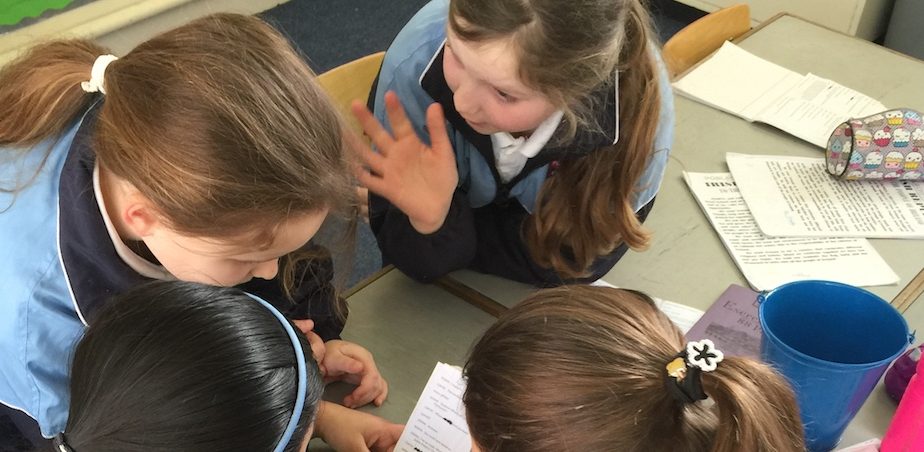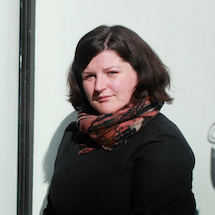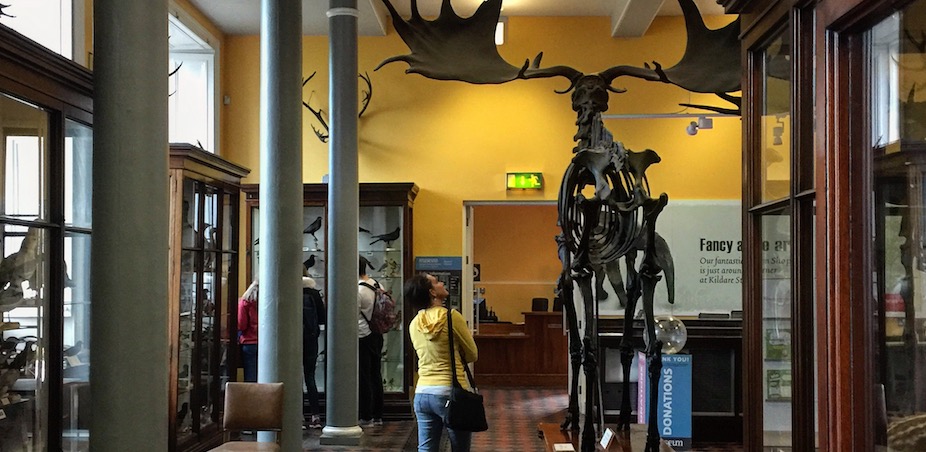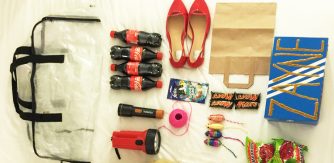Blog 1 – Kate Heffernan, Writer

Third Class at Sacred Heart, Portlaoise

Kate Heffernan is a writer who hasn't always been a writer. She has worked as an independent producer, a designer, and an editor, and these things shape and inform her work. Her first play, In Dog Years I’m Dead (MIRARI Productions) was a winner of the 2013 Stewart Parker Trust’s Emerging Playwright Award. An Associate Artist and close collaborator with Theatre Lovett, she is also the writer, designer and editor of their acclaimed show programme series for young audiences. Kate is currently under commission with Mermaid Arts Centre, writing Live at The Montague, a new performance that explores the histories of a former hotel and country-music venue in her hometown now turned Direct Provision centre. Kate is an Arts Council Next Generation Artist 2017. In 2015, Kate received a bursary from the Arts Council to research and explore her project Peat with young audiences, a performance text for 9-12 year olds, which began as an exploration of the extinct giant Irish deer. You can follow the progress of Peat and Kate's other work at www.kateheffernan.ie
On the east coast, right on the edge of Ireland, there is a bog known as The Elk Graveyard. Here, hundreds and hundreds of ancient elk skeletons were dug from the peat.
Megaloceros Giganteus. Giant Irish Deer. The last megafauna on an island of, well, non–megafauna. Twelve feet tall from tip of toe to top of antler, the giant deer disappeared from Ireland about 10,500 years ago, the reasons uncertain: it or its antlers became too big; it was over-hunted; its food sources disappeared as the world grew colder. The Great Irish Elk lived across Europe and Asia, its continental cousins drifting eastward, sunward, in search of a better life. As the Ice Age descended, the ones who lived on this island were the first to disappear. Trapped, with nowhere to go as the snow stopped melting.
In 2015, I set out to rigorously explore and develop my writing for young audiences. After an initial year spent in solo research, exploring the real history of this elk in order to find the possibilities of story, I began a phase of research in collaboration with Third Class at Sacred Heart Portlaoise, and teacher Jennifer Buggie.
I was drawn to the subject matter of Peat for this age group for their ability to deal with complex ideas and the reality of the oftentimes dark world we live in. Peat’s spiderwebby resonances were broad and weighty: climate change, carbon footprints, death, extinction, migration: adult ideas that children of this age group encounter daily. And closer to home: what it means to belong; what it feels like to be living in a body and a world that is changing faster than you’d like.
I focused on a series of classroom workshops on writing for theatre rather than the subject matter itself, and developed the approach around a number of initial questions: in terms of story, how might a piece of theatre recognise and respect the sophisticated thought processes and complex emotions of its audience?; how might it provoke an open and frank conversation about the vast world we live in, while at the same time offering a steady and sympathetic guide to navigating that vastness?; how might the theatrical form suggest a different way to think visually – to provoke the audience to see their world not just as something which contains them, but as something that can be influenced, manipulated, created?
As a writer, I am preoccupied with the complexity of culture, society, history – in how story and history is told, recalled, contained, in how things form the deep past very often seem so close to us. I can’t help but poke holes in history to see what leaks through.
An initial workshop thus focused on the nature of stories, storytelling and myth. I began by reading a piece of theatrical storytelling to the eyes-closed class – an excerpt from Complicite’s The Encounter in which the main character remembers the moment he became completely lost in the jungle. We discussed the images it conjured and the senses it sparked. We talked about memory, about how it was a key tool in a writer’s toolbox.
Students were provoked to think of a time when something in their own world changed. In pairs, they shared this memory with their partner, and we talked about how memory is transformed when we tell it as a story to someone else. Each was then asked to share their partner’s story with their table-group, prompted to be true to the details they heard but permitted embellishment in form and content that would make it a good story for an audience. From this, we talked about how stories are changed in their retelling, and how myths are born.
The stories the students shared and re-shared grappled with life, death, loss, love, joy and sadness in ways that showed an enormous variance in emotional maturity. Their responses to being asked to take responsibility for telling the story of another ranged from sensitive respect, to mischievous joy, to indignation and protest that they would rather share their own. This itself raised interesting discussion on a table-by-table basis about collective memory, shared stories, narration, becoming a character, and who in society has permission to speak on behalf of another.
The final provocation was based on a question that emerged from these discussions: how do we choose the stories we tell? Each table thus entered into a debate, in order to choose one story that would become the story of their group.
I returned several weeks later to work with the students on transforming their story into a piece of theatre.
Initial development was enabled by the Arts Council’s Young People Children and Education Bursary. Development in 2016 was supported by The Ark A Cultural Centre for Children. With the support of The Ark, Theatre for Young Audiences Ireland and Culture Ireland, a work-in-progress showing was presented at On the Edge Birmingham, the World Festival of Theatre for Young Audiences (directed by Maisie Lee, performed by Lloyd Cooney and Nyree Yergainharsian)

Elk skeleton at the Dead Zoo, Dublin
